3-ACETOXY-2-BUTANONE
Synonym(s):Acetoin acetate
- CAS NO.:4906-24-5
- Empirical Formula: C6H10O3
- Molecular Weight: 130.14
- MDL number: MFCD00051782
- SAFETY DATA SHEET (SDS)
- Update Date: 2024-07-16 19:05:21
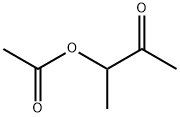
What is 3-ACETOXY-2-BUTANONE?
Occurrence
3-Acetoxy-2-butanone is reported found in pineapple (Ananas comoscus), roasted chicken, red wine, cocoa, arctic bramble (Rubus articus L.) and pawpaw (Asimina triloba L. Dunal).
Definition
ChEBI: Acetoin acetate is a carboxylic ester and a ketone.
Aroma threshold values
Detection at 5.0%: sweet, fruity, estry, chemical, pineapple, apple, banana with a ketonic nuance.
Taste threshold values
Taste characteristics at 100 ppm: fruity body, fleshy, rimy, grape, and winey.
General Description
2-Acetoxy-3-butanone occurs naturally in paw paw fruit. It is also reported to be formed by the reaction between cysteine and 2,5-dimethyl-4-hydroxy-3(2H)-furanone.
Properties of 3-ACETOXY-2-BUTANONE
| Boiling point: | 56-58°C 30mm |
| Density | 1,02 g/cm3 |
| FEMA | 3526 | 2-ACETOXY-3-BUTANONE |
| refractive index | 1.4135 |
| Flash point: | 66°C |
| Odor | at 10.00 % in propylene glycol. pungent sweet creamy buttery |
| JECFA Number | 406 |
| BRN | 1756882 |
| CAS DataBase Reference | 4906-24-5(CAS DataBase Reference) |
Safety information for 3-ACETOXY-2-BUTANONE
| Signal word | Warning |
| Pictogram(s) |
 Exclamation Mark Irritant GHS07 |
| GHS Hazard Statements |
H227:Flammable liquids H315:Skin corrosion/irritation H319:Serious eye damage/eye irritation |
| Precautionary Statement Codes |
P305+P351+P338:IF IN EYES: Rinse cautiously with water for several minutes. Remove contact lenses, if present and easy to do. Continuerinsing. P403+P235:Store in a well-ventilated place. Keep cool. |
Computed Descriptors for 3-ACETOXY-2-BUTANONE
New Products
(S)-3-Aminobutanenitrile hydrochloride 4-Methylphenylacetic acid N-Boc-D-alaninol N-BOC-D/L-ALANINOL Tert-butyl bis(2-chloroethyl)carbamate 3-Morpholino-1-(4-nitrophenyl)-5,6-dihydropyridin- 2(1H)-one Furan-2,5-Dicarboxylic Acid Tropic acid 1-Bromo-3,5-Di-Tert-Butylbenzene S-2-CHLORO PROPIONIC ACID ETHYL ISOCYANOACETATE 2-Bromo-1,3-Bis(Dimethylamino)Trimethinium Hexafluorophosphate 4-IODO BENZOIC ACID 3-NITRO-2-METHYL ANILINE 1-(2,4-DICHLOROPHENYL) ETHANAMINE (2-Hydroxyphenyl)acetonitrile 4-Bromopyrazole 2-(Cyanocyclohexyl)acetic acid 4-methoxy-3,5-dinitropyridine 1-(4-(aminomethyl)benzyl)urea hydrochloride 2-aminopropyl benzoate hydrochloride diethyl 2-(2-((tertbutoxycarbonyl)amino) ethyl)malonate tert-butyl 4- (ureidomethyl)benzylcarbamate Ethyl-2-chloro((4-methoxyphenyl)hydrazono)acetateRelated products of tetrahydrofuran
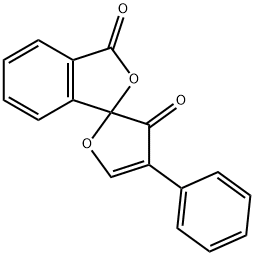
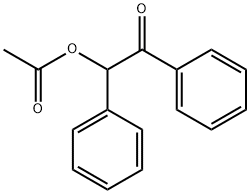
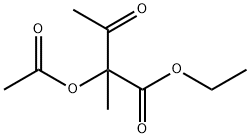
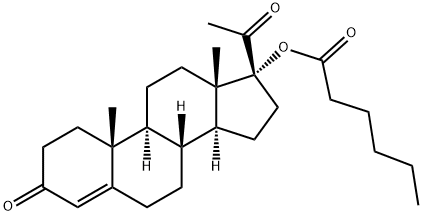

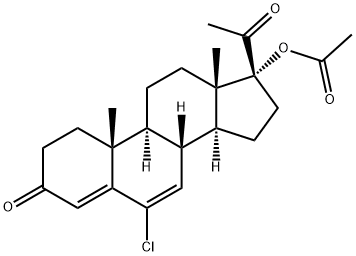
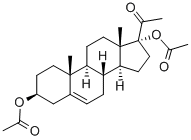

You may like
-
 3-Acetoxy-2-butanone CAS 4906-24-5View Details
3-Acetoxy-2-butanone CAS 4906-24-5View Details
4906-24-5 -
 2-Acetoxy-3-butanone CAS 4906-24-5View Details
2-Acetoxy-3-butanone CAS 4906-24-5View Details
4906-24-5 -
 1975-50-4 98%View Details
1975-50-4 98%View Details
1975-50-4 -
 2-HYDROXY BENZYL ALCOHOL 98%View Details
2-HYDROXY BENZYL ALCOHOL 98%View Details
90-01-7 -
 2-Chloro-1,3-Bis(Dimethylamino)Trimethinium Hexafluorophosphate 221615-75-4 98%View Details
2-Chloro-1,3-Bis(Dimethylamino)Trimethinium Hexafluorophosphate 221615-75-4 98%View Details
221615-75-4 -
 61397-56-6 CIS BROMO BENZOATE 98%View Details
61397-56-6 CIS BROMO BENZOATE 98%View Details
61397-56-6 -
 14714-50-2 (2-Hydroxyphenyl)acetonitrile 98+View Details
14714-50-2 (2-Hydroxyphenyl)acetonitrile 98+View Details
14714-50-2 -
 118753-70-1 98+View Details
118753-70-1 98+View Details
118753-70-1
Statement: All products displayed on this website are only used for non medical purposes such as industrial applications or scientific research, and cannot be used for clinical diagnosis or treatment of humans or animals. They are not medicinal or edible.